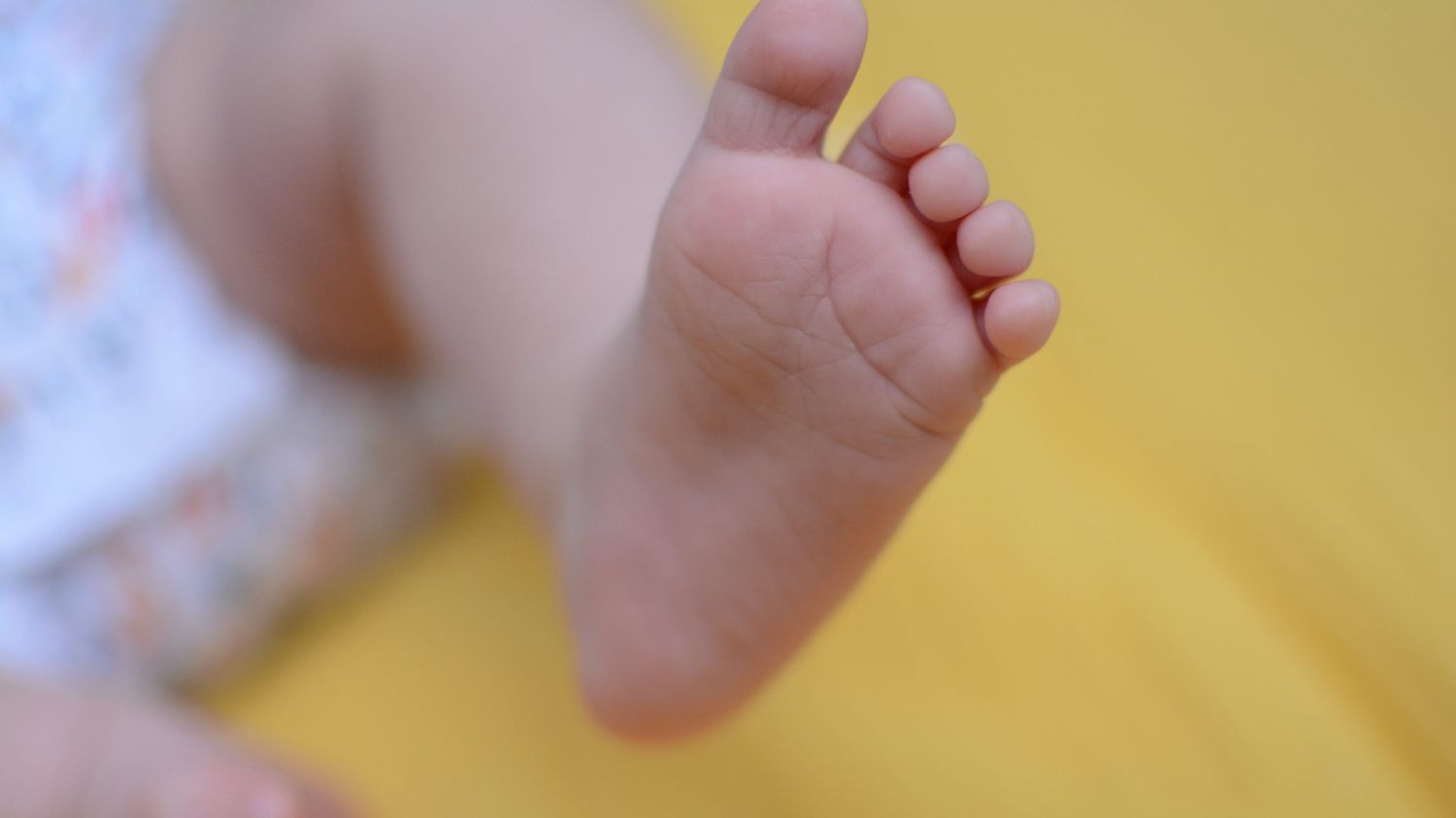According to a study published on May 14, a risky family environment promotes baby abuse.

Published
Reading time: 2 min

What is the family environment of abused babies? ? A French study was published on Tuesday, May 14, on the subject in one of the journals of the scientific journal The Lancet. This very large-scale epidemiological study made it possible to identify a series of risk factors for mistreatment.
Of the six million babies born in France between 2010 and 2019, Flora Blangis, midwife and author of this study, looked at the 3,000 aged under one year hospitalized for abuse, i.e. say beaten, shaken or strangled… Each time, she identified risk factors in the mother of these children: “Low financial resources, age less than 20 years, an alcohol or opiate use disorder, having been hospitalized for domestic violence, having had a chronic psychiatric or chronic somatic pathology or having been hospitalized in psychiatry one year before pregnancy, during pregnancy or one year after pregnancy.”
Please note: the study establishes a risky environment but does not establish a causal link between these mothers and the mistreatment. Because the way this study was carried out does not allow us to say who is the author of the violence, it could be the father for example. This risky environment for precarious and fragile mothers is a sociology that has changed over the years, analyzes Claire El Khébir-Bergantini, head of social services at Necker hospital in Paris: “15 years ago, this affected all socio-professional categories. For several years, we have been dealing with extremely fragile, very precarious populations, who have not yet understood that you should not shake a baby because the information did not affect them because they are new arrivals or families who live with several people in very small rooms which are really enormous risk factors and with families who are often single-parent and single mothers.
For her, precariousness encourages the mistreatment of babies: “They say: ‘If your child cries, let him cry in his room.’ But when he doesn’t have a room and everyone lives in the living room, that’s not possible.” This study will be able to help health and social professionals, imagines Flora Blangis, its author: “The identification of these factors would allow maternity caregivers, for example, to allocate the passage of a childcare worker from the PMI [protection maternelle et infantile] among families who need these actions.”
Because most of the aid already exists, confirms Claire El Khébir-Bergantini: “There are also the 1,000 day centers where they can say: ‘I can’t take it anymore’. We have to find a somewhat alternative way, either kindergartens or daycare centers that could keep the children children so that the mother can rest, especially if she has other children and especially if she is alone.” After studying the profile of the mothers of abused babies, researchers now imagine working on the profile of their fathers, too.
